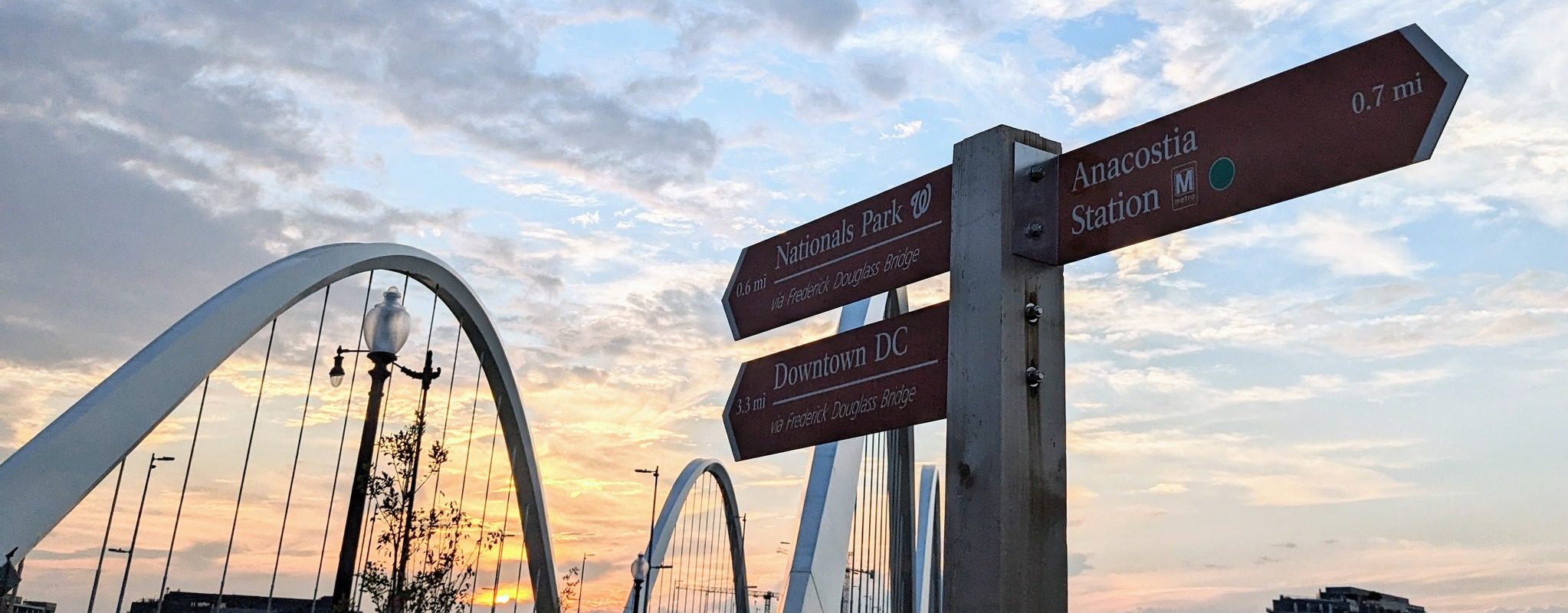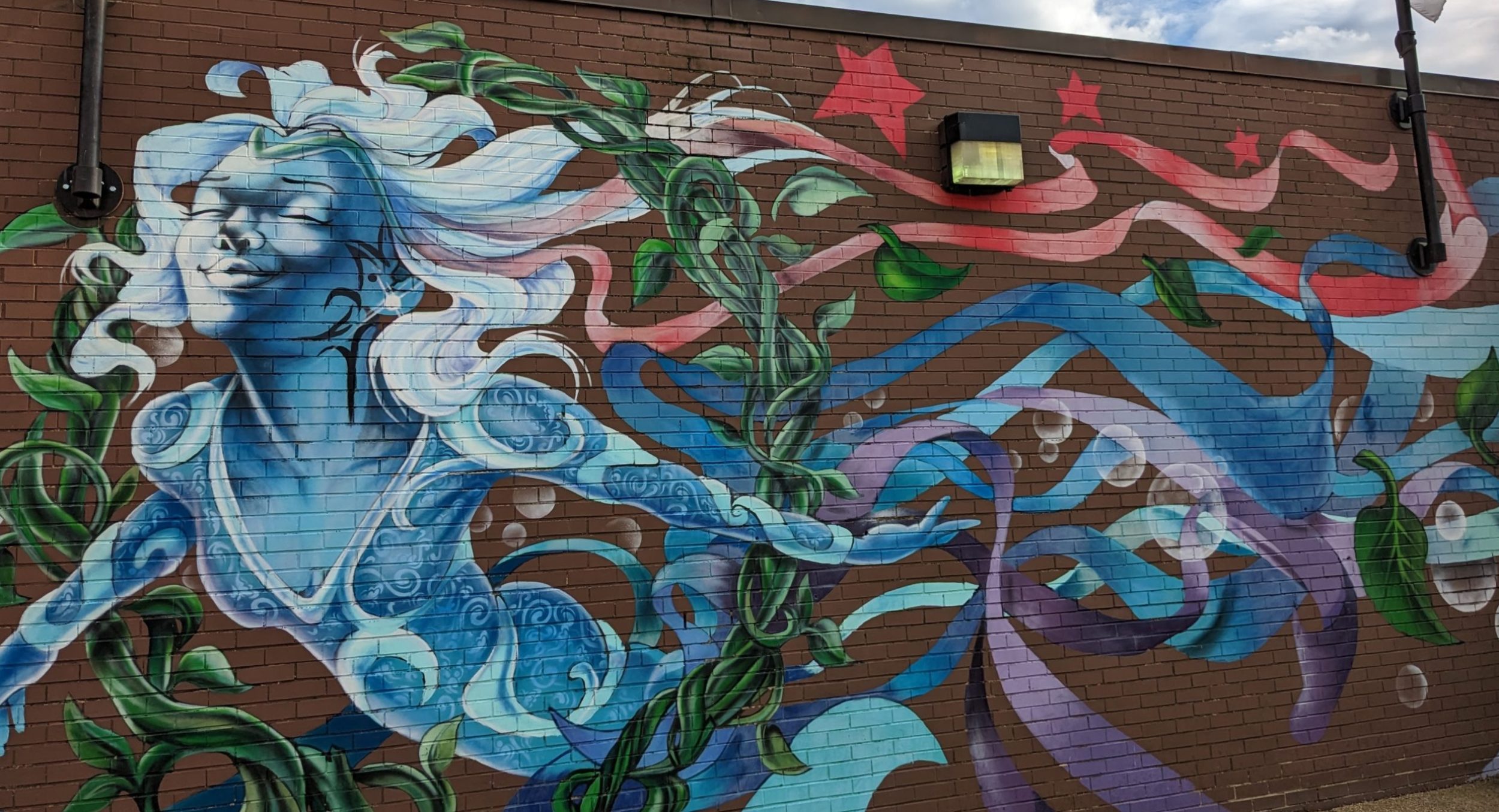
The Georgian capital of Tbilisi knows what treasures it has, and it lights them well. The city looks like the setting for a fairy tale at night. Below is a picture of one of Tbilisi’s many hilltop churches, taken by my husband, David G. Young.
Like its neighbor Armenia, Georgia was among the first countries where the state, then the king, endorsed Christianity. Both countries had converted by the early 4th century AD and both have stuck with Christianity while their neighbors such as Turkey and Iran adopted Islam. Like Armenia, Georgia has produced beautiful churches that have lasted for centuries.
The churches seem to be the heart of Tbilisi. They were as filled on the Thursday before Easter Sunday as U.S. malls get in the days before Christmas. Standing on the sidewalk near the church, you could smell the burning incense and candles. Inside were fresh flowers and paintings of saints. People stood in worship as there are no chairs or benches. Some people crawled on their knees during their church visits.
All of this happened in Georgia’s capital, not in some small town. Out at a seaside resort town on the Black Sea, we later saw people bringing empty plastic jugs and waiting in line for water that seemed to have been blessed that day. It is hard to imagine these people under the Soviet Union, with its limits on religion. We met people later in Armenia who would argue the good points of the Soviet Union. The Georgians instead had a museum exhibit about the Soviet occupation.
the rich agricultural land there, calling the land something close to Georgia, which meant farmers in their language. Georgians calls themselves Karthians, and claim kinship to Noah, according to Lonely Planet’s guide book on the country.
`Farmers’ seems the right name for Georgia. This is a country that takes food seriously. Eating in Georgia is a pleasure. Soups, stews and dumplings are made with good fresh ingredients. Restaurants often have violinists playing during dinner. People get their bread from bakeries. We saw people walking and tearing little bites on their way home. The bread is
shaped like the logo for the University of Texas-Austin, like longhorn ears.
David spotted people buying bread sold through a bakery window and made sure we picked up some for our overnight train when we left Tbilisi. We could see through the window that the baker was standing in the room with his ovens.
Cyrillic letters are familiar to anyone who went to college where there were fraternities, which use Greek letters for their names.
The Georgian alphabet? The A is something like a fish hook. There are a couple of letters that look like Ms with tails, while the letter that looks like an A is the Georgian `M.’ Seeing Georgian letters on businesses, buses and bread shops seemed normal after a day, although it made me think again and again how hard it must be for Chinese, Japanese and Korean adults learn English when they immigrate to America.
What never stopped jarring me was graffiti in Georgia letters, such as this carving on a tree and writing on the wall of a fort.


